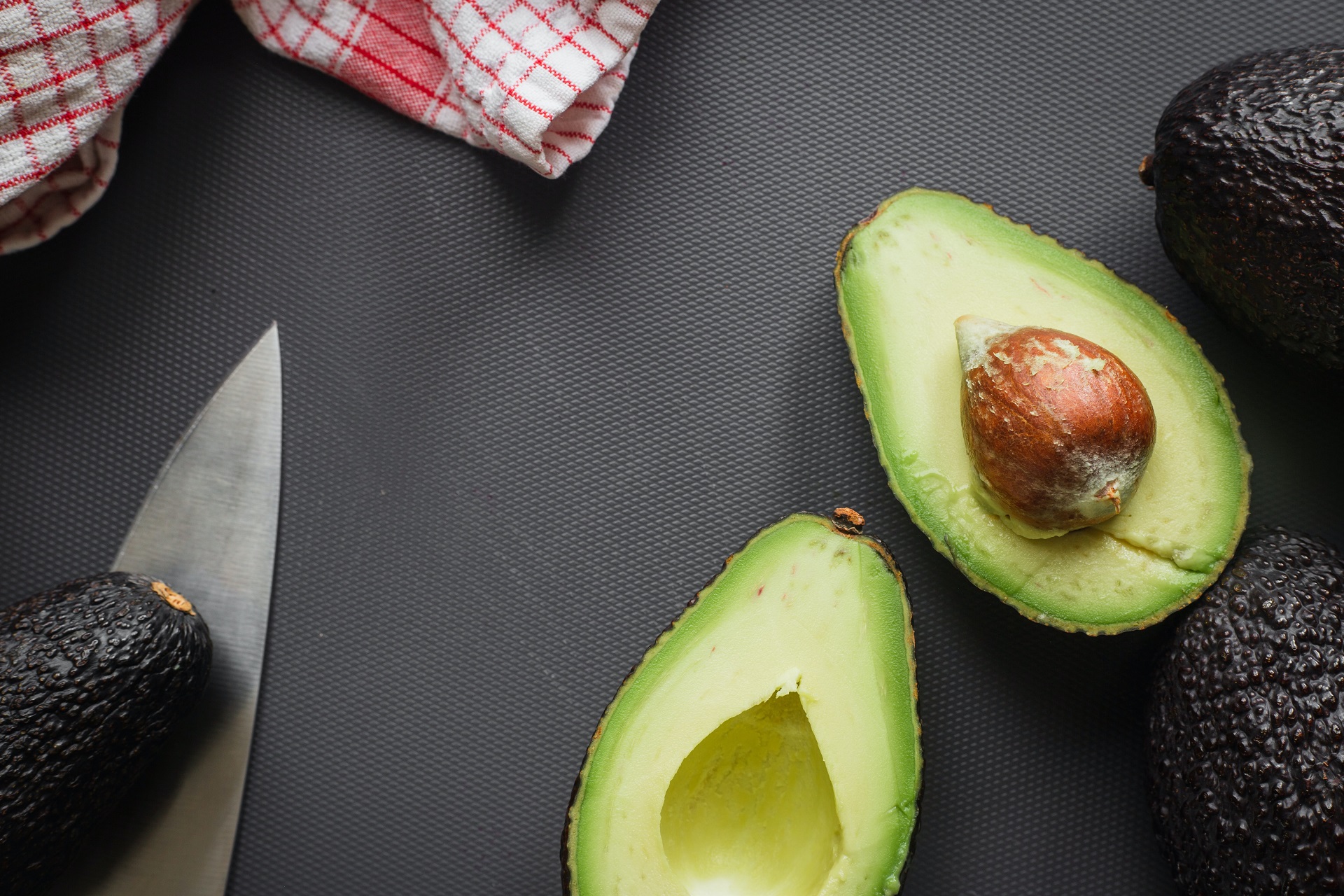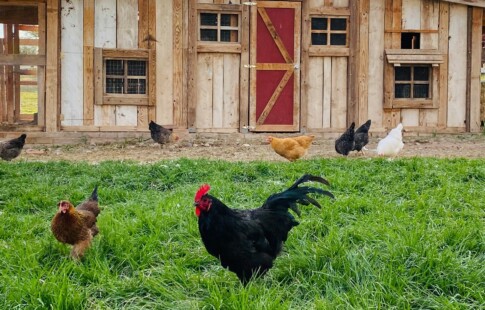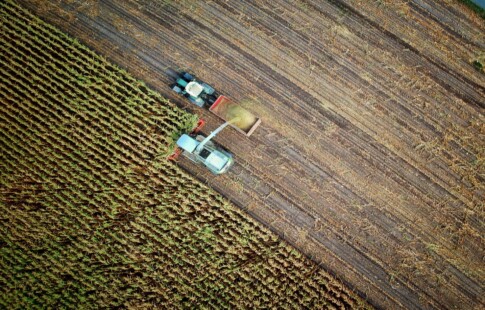
The Complete Pesticide-Free Food List (And What to Avoid)
We are reader-supported. When you buy through links on our site, we may earn affiliate commission.
There are numerous buzzwords around food — GMO, organic, and pesticides. Pesticides have been saving crop yields for centuries, but how have humans fared after that time, slowly ingesting pesticides little by little? Experts are studying the health effects of pesticides more, and the results are startling, from reproductive issues to potential cancer. With health consciousness on the rise, what can grocery shoppers look to for a definitive pesticide-free food list to ensure nourishing produce actually provides the body with nutrients?
How Do Pesticides Affect Food and Health?
Pesticides are a double-edged sword because some believe they are essential for saving humanity’s crops. Pesticides discourage pests, fungi, and animals from eating away a nation or community’s food supply, potentially endangering them through tough seasons or in a volatile economy. Pesticides might also make food safer because pests can’t transmit disease to the crop’s surfaces or the soil if they aren’t trespassing in fields. So, what’s the big deal?
Pesticides may have benefits while the produce remains in the ground, but they leave a residue. Organizations like the EPA and USDA analyze these residues against rigorous benchmarks to identify the pesticide tolerance of every chemical variant, including meat, vegetables, eggs, and fruit. Before hitting grocery stores, companies should treat the food, so pesticide residues fall below legal limits — though this doesn’t always ensure safety for every kind of body. However, farmers and regulating bodies still encourage customers to peel and wash all produce to enhance pesticide residue removal efforts.
Regardless, extended pesticide use contaminates waterways, soil, and human bodies — those working in agriculture are at the highest risk for acute and long-term health conditions. Pesticides poison humans and spread pollutants through trophic transfer and embedding into habitats. The industry still uses some of the most toxic pesticides — which the WHO seeks to ban — and has difficulty curbing the adverse effects in lower-income areas worldwide.
What Pesticides Are People Testing For?
Governing bodies regularly test for these in-use pesticides in different areas, including acute and mutagenicity side effects. It’s as crucial to test how pesticides affect the skin as it is to see how it impacts nerve damage or genetics.
Despite pesticides, herbicides, rodenticides, and fungicides needing registration through the FDA through strict guidelines, there are still over 1,000 in use — and humans can only test for so many. They test by peeling and cleaning the products beforehand to see how much the pesticides seep into the food. They examine how many varied pesticides are present alongside their concentrations.
Shoppers can keep their eyes out for a few visible signs of pesticide testing. The most apparent is a USDA organic badge, signifying farmers grew the product without pesticides. Other seals and third-party certifications to look for include the Non-GMO Project and FDA-approved label. Consumers may also want to seek items with the Leaping Buny logo, signifying the products are cruelty-free and made without harming animals. Because animals are also subject to pesticides, this is worth considering.
What Foods Are Pesticide-Free, and What Should You Avoid?
The Environmental Working Group created two lists to help shoppers — the Clean Fifteen and the Dirty Dozen. The former includes the foods with the least pesticides, and the Dirty Dozen comprises the worst offenders. Consumers can still purchase produce on the Dirty Dozen list but may want to take additional cleanliness measures before consumption.
Here is the Clean Fifteen as of 2023 — the ultimate pesticide-free food list, with the best food at the top:
- Avocado
- Sweet corn
- Pineapple
- Onions
- Papaya
- Sweet peas (frozen)
- Asparagus
- Honeydew
- Kiwi
- Cabbage
- Mushrooms
- Cantaloupe
- Mangoes
- Watermelons
- Sweet potatoes
Many of these foods contain thick skins that discourage pesticide entry, but it doesn’t mean customers still shouldn’t clean them. Now, here are the Dirty Dozen so you can take notes on how to peel and wash produce more thoroughly, with the food containing the most pesticides at the top:
- Strawberries
- Spinach
- Kale, collard and mustard greens
- Nectarines
- Apples
- Grapes
- Bell and hot peppers
- Cherries
- Peaches
- Pears
- Celery
- Tomatoes
As with the Clean Fifteen, professionals still advise thorough washing during food prep. You can still enjoy these foods while knowing they’re the most likely, in the present, to contain pesticides.
What Methods Could Humans Use Instead?
There are two main ways to curb negative pesticide impact — regulations with oversight and alternative farming methods with natural pesticides.
America has the Food Quality Protection Act and the Toxic Substances Control Act, and lawmakers are still pushing the Protect America’s Children from Toxic Pesticides Act to keep the conversation alive. The United Nations has the Food and Agriculture Organization (FAO) to provide a more global perspective. However, these efforts aren’t mitigating pesticide use as much as they should.
Though there are legal limits for pesticide tolerance, humans still experience pesticide-related ailments like cognitive impairment and asthma — so, there’s still work to do. Corporations and governments can clarify and hone in on regulations further, making them more specific, intensive, and easier to assess.
Farms and food distributors should undergo regular audits to ensure compliance. Many still get away with illegal pesticide activity because of understaffing in these areas and a rise in private auditing that’s more focused on profit than feedback.
Alternative farming methods that minimize and eliminate pesticides also exist, like crop rotation, tilling, and cover-cropping. Farmers who don’t want to change their operations can choose natural pesticides with no toxins or chemicals. These include kaolin clay and neem oil. Farmers can look to already-organic farms to identify their methods and how they relate to profit margins if they fear yields will decrease when transitioning.
Get to Know the Clean 15 and Dirty Dozen
Consuming pesticides isn’t desirable, primarily because of slow-burning adverse health effects. Luckily, experts are testing more produce and keeping citizens informed about what they contain and safe levels. Though pesticides are invisible on groceries on the shelf, organizations have made it accessible and straightforward to identify how to pick, clean, and peel produce for a safe and delicious meal, no matter where it lies on each list.
Share on
Like what you read? Join other Environment.co readers!
Get the latest updates on our planet by subscribing to the Environment.co newsletter!
About the author
Steve Russell
Steve is the Managing Editor of Environment.co and regularly contributes articles related to wildlife, biodiversity, and recycling. His passions include wildlife photography and bird watching.





